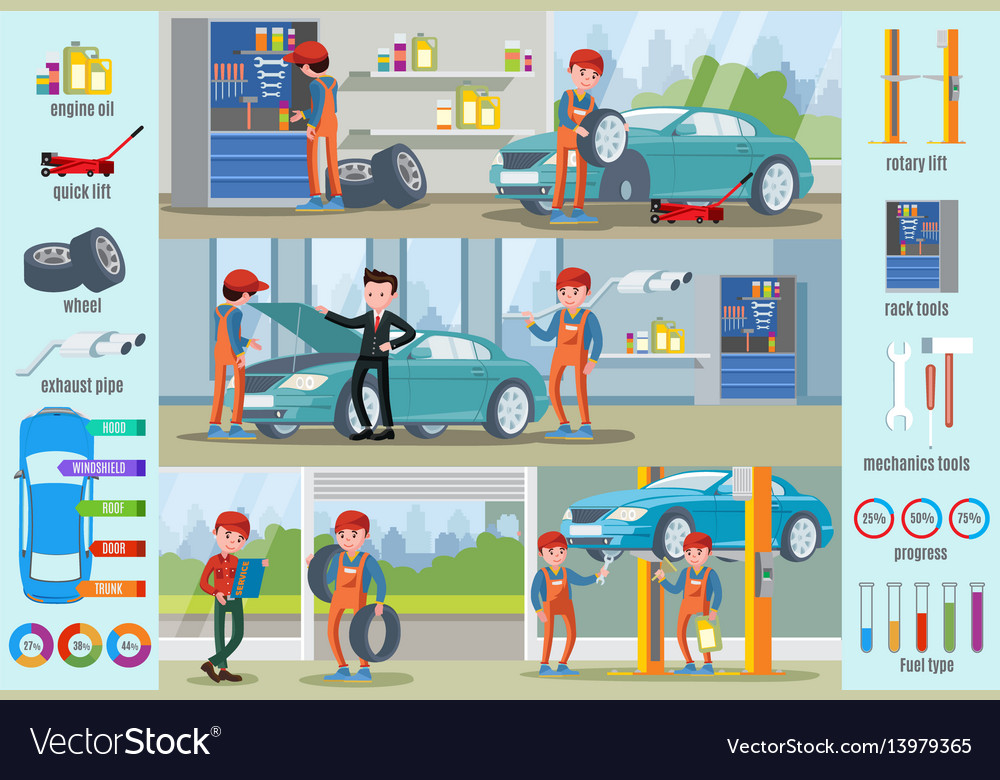Translating Your Vehicle'S Alert Lights: Their Real Effects
Translating Your Vehicle'S Alert Lights: Their Real Effects
Blog Article
click this site Create By-Lim Dalgaard
When you lag the wheel, those radiant caution lights on your control panel can be a bit perplexing. Do you know what they're attempting to inform you regarding your auto's health and wellness? Understanding the value of these lights is vital for your security and the longevity of your lorry. So, the following time among those lights pops up, would not you want to decipher its message precisely and take the needed actions to address it?
Common Caution Lighting and Interpretations
Identify common caution lights in your car and recognize their significances to ensure secure driving.
One of the most normal warning lights consist of the check engine light, which indicates problems with the engine or discharges system. If this light begins, it's crucial to have your vehicle examined immediately.
The oil pressure warning light indicates low oil pressure, needing immediate interest to avoid engine damages.
A flashing battery light could recommend a damaged billing system, potentially leaving you stranded if not resolved.
The tire pressure surveillance system (TPMS) light alerts you to reduced tire stress, influencing lorry stability and gas effectiveness. Overlooking this might result in hazardous driving problems.
The ABS light shows an issue with the anti-lock braking system, endangering your capacity to stop quickly in emergencies.
Lastly, moved here advising light warns of engine getting too hot, which can lead to extreme damage if not settled promptly.
Comprehending these common caution lights will aid you address issues promptly and keep risk-free driving conditions.
Value of Prompt Attention
Recognizing the common warning lights in your cars and truck is just the primary step; the value of promptly attending to these warnings can not be highlighted sufficient to ensure your security when driving.
When a caution light brightens on your control panel, it's your cars and truck's way of connecting a possible problem that requires attention. Disregarding read here can lead to a lot more severe problems in the future, endangering your safety and security and possibly costing you a lot more out of commission.
Prompt interest to cautioning lights can stop break downs and accidents. As an example, a flashing check engine light might indicate a misfire that, if left ignored, might trigger damage to the catalytic converter. Addressing this without delay can conserve you from an expensive repair service.
In a similar way, a brake system alerting light might signal reduced brake fluid or used brake pads, vital parts for your safety and security when driving.
Do It Yourself Troubleshooting Tips
If you observe a caution light on your dashboard, there are a few DIY repairing suggestions you can try prior to looking for specialist assistance.
auto car detailing is to consult your automobile's manual to understand what the particular warning light indicates. Occasionally the problem can be as straightforward as a loose gas cap causing the check engine light. Tightening up the gas cap may solve the trouble.
Another common problem is a low battery, which can trigger various cautioning lights. Checking the battery connections for deterioration and guaranteeing they're protected might deal with the problem.
If a caution light continues, you can try resetting it by detaching the cars and truck's battery for a couple of mins and then reconnecting it. Furthermore, checking your automobile's fluid levels, such as oil, coolant, and brake liquid, can help fix alerting lights connected to these systems.
Verdict
Finally, recognizing your automobile's warning lights is necessary for keeping your automobile running efficiently and safely. By without delay resolving these signals and knowing what they imply, you can stay clear of costly repair work and potential break downs.
Remember to consult your vehicle's guidebook for particular details on each warning light and act appropriately to make sure a trouble-free driving experience.
Stay educated, remain secure when driving!
